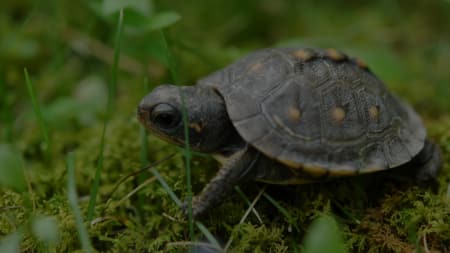





You can tell if the wind is blowing just by looking out the window — if you know what to look for.
1) Listen to the poem “Who Has Seen the Wind?” as your teacher reads it out loud.
2) Observe and discuss: “Can you see the wind? Look out the window and tell me if it’s windy. How do you know?”
Advance to the next slide.
3) Here are some things that tell us that the wind is blowing.
4) Think about what it's like to be a tree in the wind. Stand up and pretend to be:
Advance to the next slide.
Below is an idea for extending this topic beyond the activity & exploration you just completed.
Switch to non-narrated version
In this Read-Along lesson, Kevin becomes a weather detective to figure out why he keeps losing his warm clothes. The lessons includes a short exercise where students observe the weather and compare it to what they remember from earlier in the day. You can extend the lesson with the optional activity, Wind and Weather, in which students use poetry and observation to start noticing which way the wind is blowing, an important factor in how weather changes over time.
Preview optional activityThis activity does not require supplies.
As an optional activity, we suggest you read a short poem called "Who Has Seen the Wind?" aloud to your students. If you have access to a window or an outdoor area, we suggest having students observe the effects of any breezes (such as a flapping flag or rustling leaves). If you have space, students can act out what it's like to be a tree on a calm day, when the wind is blowing gently, and when the wind is blowing hard.
Thanks for your feedback! If you have a question or need help, please contact us. Please consider sharing your review:
Sorry the lesson didn’t go well. We read every single review in an effort to improve our Mysteries.
Thanks for letting us know. We’ll wait to ask you for feedback until after you've actually taught it.
Thanks for the feedback! We read every single review in an effort to improve our Mysteries.
Please follow these steps:
Locked
6:10

Why is the sky blue?
Locked
4:41

Why do we call them doughnuts?
Locked
5:16

Could a turtle live outside its shell?
Your membership is expired. The archive of past Mini Lessons is not included in your limited access.
View pricing